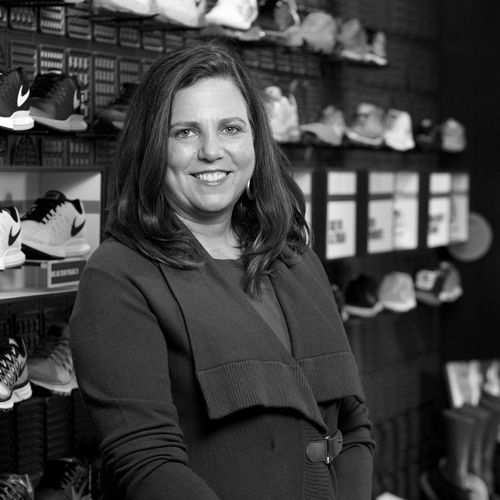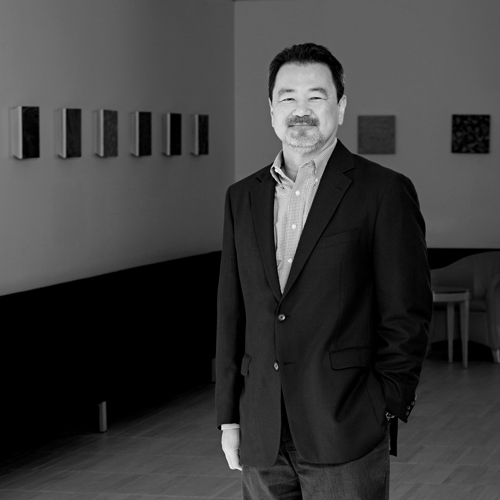In 2000, the New York Times called Align Technology’s $31 million television advertising campaign “the most aggressive consumer advertising plan the dental profession has ever seen.” Today, it would be hard to find someone in North America who hasn’t heard of Align’s alternative to wire braces, Invisalign.
The company that invented the invisible braces has grown from a start-up built by two colleagues into a publicly traded organization with a net revenue of more than $660 million. The majority of Align’s profits continue to come from Invisalign, which was approved by the Food and Drug Administration in 1998 and was available for sale the following year. Since then, a number of entities have tried to copy or outright steal Align’s patented technology. As senior director of patent portfolio, David Mason’s job is to identify potential infringements on Align technology and potential acquisitions.
Mason joined the company from Hewlett-Packard in 2006, the same year that litigation between Align and competitor OrthoClear was settled out of court once the latter agreed to cease operations. The action, which had lasted several years, set a precedent for Align’s desire to protect its patented technology.
Just as important as protecting patents is discovering new ones. Mason and others on his team soon realized that creating a cross-functional method of reviewing proposed patents was a critical component of a global patent department. Mason and his team often receive ideas from doctors and clients, and shortly after Mason joined Align, his team created a process to review these proposals.
They formed a committee of experts from marketing, IP, research and development, and operations to review patents. The team meets quarterly to discuss existing projects and review pending and granted patents. Executives from different areas within the company nominated members to the committee, and Mason says the members quickly developed a synergy that helps them meet goals efficiently.
Because Align relies on experts from each department to find time to support the committee, Mason tries to make each meeting as productive as possible. Invention disclosures and pending patents are available for each member’s analysis before the meeting. Mason starts each meeting by summarizing the technology of the disclosures on the agenda. Then, he opens discussion about the inventions they have reviewed. Comparisons are made among the presented idea, what Align already owns, and products competitors have already developed. Members are encouraged to challenge ideas and engage in active debate, and the committee discusses each product proposal from a variety of angles. The discussion boils down to whether it makes business sense to file for a patent, keep the proposal confidential, or publish it.
“Invariably, a member will push hard to file a patent on some ideas that are not patentable but will become a product that the customer desires,” Mason admits. “Or they push to patent some ideas that may be impossible to detect.” But Mason always gathers the members at the end to evaluate the benefits versus the risks to make a cross-functional business decision.
The committee also makes foreign filing decisions, which are time-sensitive within a year of first filing a patentable idea. Since Align focuses mainly on one product, nearly 80 percent of its patents are filed internationally. The review committee works to prioritize markets based on growth potential, competitors, and patent-litigation systems. The prioritization process is often complex and can take a good chunk of time, but it speeds the foreign filing decision once completed.
The patent review committee is necessary to the patent department’s global function, and representation from multiple departments is necessary so that any potential snags in the process of adopting a new technology or filing a patent can be addressed from the beginning. “Without the information from each department,” he explains, “we cannot effectively assist the company to make an informed decision as to what technology to protect, keep as a trade secret, publish, or abandon.”
The Align Technology of 2015 is very different from the Align of 1998 in terms of size, scope, and profitability. As its success has taken off, the innovation required by every employee—including counsel—has had to keep up. Mason’s work on the company’s patent portfolio continues to protect the original technology that keeps the company profitable, and it also helps ensure the protection of Align’s newest innovations.


